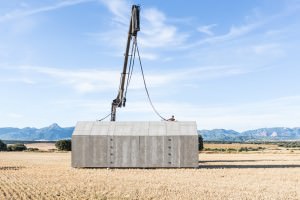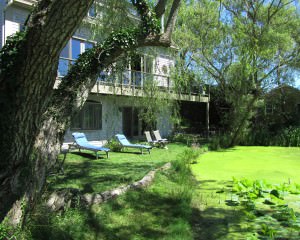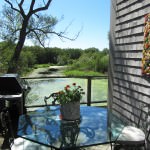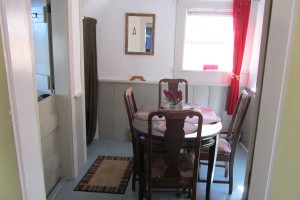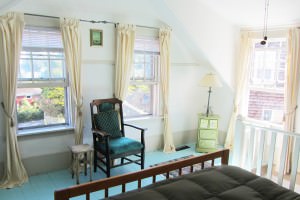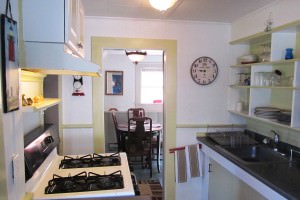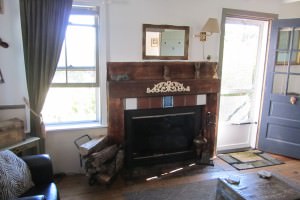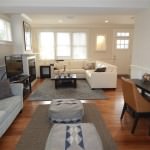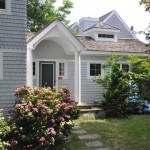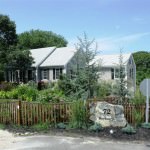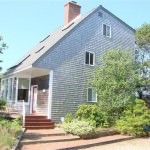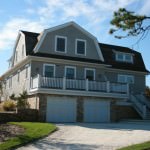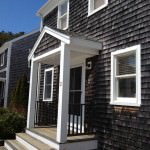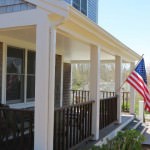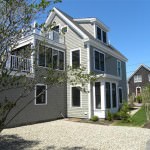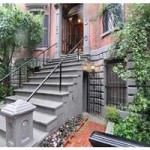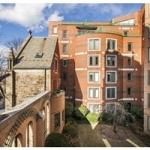Good post by Scott below.
Up ahead: A frenzied fall for home buyers
Rock bottom interest rates are here to stay.
Posted by Scott Van Voorhis
The Fed chairman on Wednesday ended months of speculation that the central reserve bank is gearing up to scale back on its $40 billion a month purchase of mortgage-backed securities.
Concern that the Fed would start scaling back on this massive housing market stimulus, sparked earlier this year after some rather suggestive remarks by Bernanke, sent interest rates edging upwards, reaching into the mid 4s after having fallen to the low 3s.
That’s all history now, though. In fact, Bernanke doesn’t see any change in what is effectively the Fed’s home buyer subsidy program until 2016.
If you are out hunting for a house right now, you probably already know why this is big news, but I will spell it out anyway.
All those record low rates in the 3 percent range represent a massive government subsidy for home buyers, helping cut the cost of a monthly payment by as much as a third, at least compared to more traditional rates in the 7 and 8 percent range.
Yet there is a dark side to these crazy low interests – rising home prices.
By continuing to keep the pedal pressed to the metal, the Fed has effectively given a huge jolt of caffeine to a housing market that was already still fairly hot, if moderating a bit.
That means more bidding wars for scarce properties and another big boost for home prices.
As if Greater Boston needed that.


